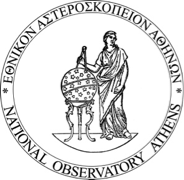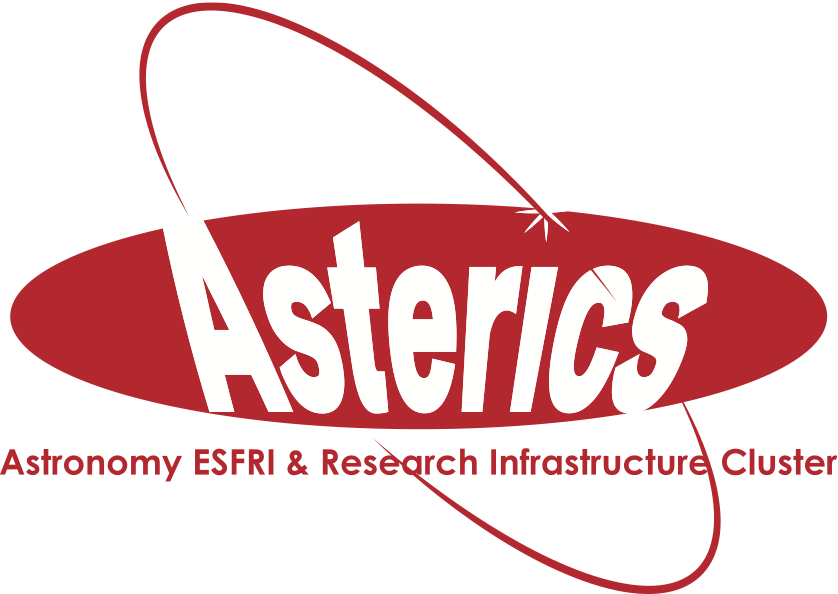
|
Symposium S15
7 – 8 July 2016
Exploring pulsar formation, evolution and magnetic field: from low mass X-ray binaries to magnetarsNews: Link to the unofficial page Aims and scope
Recent observations of neutron stars in multiple wavelengths, both from space and ground based observatories combined with ongoing monitoring have revealed their rich and diverse behaviour, ranging from the explosive magnetars to the steady rotation-powered pulsars. It is now widely recognised that a key parameter behind this broad phenomenology is their magnetic field and a lot of effort has been put into modelling and simulating these systems. In this session we aim to explore the role of the magnetic field in the various regions of the neutron star, its structure and evolution and its relation to their observational properties. The detection, in 1998, of the first Accreting Millisecond Pulsar, started an exciting season of continuing discoveries in the fascinating field of compact binary systems harbouring a neutron star. Indeed, in these last three lustres, thanks to the extraordinary performances of astronomical detectors mainly in the radio, optical, x-ray, and gamma-ray bands, astrophysicists had the opportunity to thoroughly investigate the so-called Recycling Scenario: the evolutionary path leading to the formation of a Millisecond Radio Pulsar. The most intriguing phase is certainly the spin-up stage during which, because of the accretion of matter and angular momentum, the neutron star accumulates an extraordinary amount of mechanical rotational energy, up to 1% of its whole rest-mass energy. These millisecond-spinning neutron stars are truly extreme physical objects: General and Special Relativity are fully in action, since their surfaces, attaining speeds close to one fifth of the speed of light, are located just beyond their Schwarzschild Radius; electro-dynamical forces, caused by the presence of surface magnetic fields of several hundred million Gauss, display their spectacular properties accelerating electrons up to such energies to promote pair creation in a cascade process responsible for the emission in radio and gamma-ray. The rotational energy is swiftly converted and released into electromagnetic power which, in some cases, causes the neutron star to outshine with a luminosity of one hundred suns. In these recent years, the strenuous efforts of a lively community of highly determined scientists led to exciting breakthroughs in this field. In particular, in 2013, an international group of astrophysicists has announced to the world the discovery of the transitional pulsar IGR J18245-2452, the long sought "missing link" between, Low Mass X-ray Binaries and Millisecond Radio Pulsars: a binary system containing a neutron star alternating phases in which it acts like an Accreting Millisecond Pulsar to phases in which it acts like a Millisecond Radio Pulsar, confirming the close evolutionary connection between these objects, although the details of the transitions are far from being clear. In the following year another group published the first direct measure of the weakest magnetic field of a neutron star in the Low mass X-ray Binary X 1822-371 through the detection of cyclotron absorption line in the soft X-ray spectrum. Few months ago, evidences of a triple system harbouring the Low Mass X-ray Binary X 1916-053 in its core were proposed as a result of sophisticated timing techniques of the X-ray light-curve, opening formidable problems in the understanding of the evolutionary paths of these kind of systems. Moreover along these years a continually growing number of papers established on very robust grounds that General Relativity in Strong-Field regime moulds the spectral shape of the X-ray emission from the innermost part of the accretion disc: the continuum thermal disc emission and the fluorescence Iron emission line provide consistent evidence that the space-time distortion by the gravitational pull of the neutron star can be fruitfully used to put increasingly stringent constraints on the still elusive equation of state of ultra dense matter. Observations of isolated neutron stars in multiple wavelengths have revealed their rich and diverse behaviour, ranging from the explosive magnetars to the steady rotation-powered pulsars. The key parameter behind this broad phenomenology is widely accepted to be their magnetic field. Recently, coordinated efforts from the observational and theoretical side have focused on the role of the magnetic field and in the so called "Grand Unification of Neutron Stars" paradigm. In this Symposium, we aim to explore the role of the magnetic field, its structure and evolution in the core, the crust and the magnetosphere of the neutron star. Observational and the theoretical perspective will be debated. We believe that this effervescent scientific community can greatly benefit from an opportunity to meet and discuss these new exciting discoveries and the related problems at the highest level, in a conference world renowned such as the 2016 EWASS in Athens. Programme
Invited speakers
Scientific organisers Contact Updated on Fri Apr 01 16:28:45 CEST 2016
|
||||||||||||||||||||
|
EWASS 2016 : European Week of Astronomy and Space Science |
|||||||||||||||||||||
 A power cut will shut down all EAS services on Tuesday, 10 January 2017 starting at 7:30 CET.
A power cut will shut down all EAS services on Tuesday, 10 January 2017 starting at 7:30 CET.












